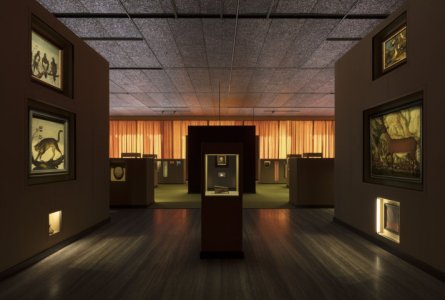Cultura effimera e derive dell’evoluzione museale
Abstract
The Museum, as a cultural institution, is undergoing a crisis related to what I would term Ephemeral Culture. The intention of the following essay is to investigate one possible solution to this crisis – Live Performance, and how to incorporate it effectively into the life of the Museum. The discussion begins with a theoretical analysis of the phenomenon of art outside the museum as well as live performance within the museum walls, in particular those which interact with the museum space as their “theatre”. Concrete examples of these events will be given, with an intense focus on the project “Dancing Museum”, the creative solutions which have been adopted in various museums (especially those exhibiting ethnographical and contemporary art) and the cultural festival like “Tarraco Viva”. In light of these examples emerges the necessity to free us of the conditioned and standard conceptions of “Museums”, in general. That is to say, the definition of “museum” can not only include architectural containers of “exhibits”, but must be expanded to embrace archeological sites, historical cities and cultural locations. Just as in the concept of “theatre”, we must eliminate the “fourth wall” and break forth from the architectural perimeters. This is an evolutionary step which is fundamental in order to adapt to the changing times – even if somewhat dangerous and uncertain. The obvious risks are that a “democracy” without a depth of education can lead to the desecration, and lack of artistic respect needed to conserve the nature and importance of the site, in and of itself. Therefore, it is inherent that education and guided experience, play an active and vital role. The appreciation of art can be learnt when felt as a powerful emotional experience, and hence respected. Above all, it is this “dialogue of the arts”, this subtle communicative power, which brings joy and reminds us of the original intentions of “museums” – sacred places of the Muses. In our modern times, there are many positive endeavors, which seek to reunite us with the power of art, even if they often fall into the traps of mere marketing.
Downloads
Pubblicato
Come citare
Fascicolo
Sezione
Licenza
Copyright (c) 2023 Elephant & Castle

TQuesto lavoro è fornito con la licenza Creative Commons Attribuzione 4.0 Internazionale.






